Ħaġar Qim, a prehistoric temple complex located on the southern coast of Malta, is a testament to the architectural prowess of the ancient Maltese civilization. This UNESCO World Heritage Site, dating back to approximately 3600-3200 BC, offers a fascinating glimpse into the past, beckoning history enthusiasts and curious minds alike to explore its enigmatic stone structures.
Get your dose of History via Email

Historical Background
Ħaġar Qim, which translates to “Standing/Worshipping Stones,” is a testament to the architectural and artistic skills of the Maltese Temple Period civilization. The temple complex was constructed during the Ġgantija phase (3600-3200 BC), making it over 5000 years old. This predates many famous historical structures, including the Egyptian Pyramids and Stonehenge. The civilization that built Ħaġar Qim left no written records, making the site a crucial source of information about Malta’s prehistoric past.
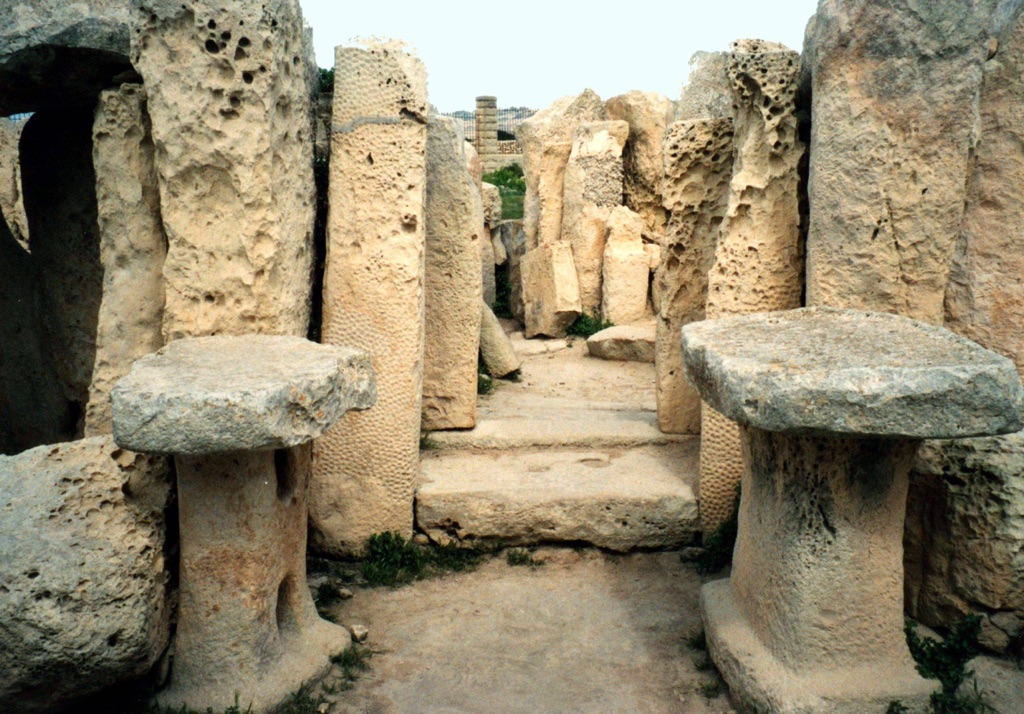
Architectural Highlights
The Ħaġar Qim complex is primarily built from local coralline limestone, a material that has withstood the test of time but is susceptible to weathering. The largest stone in the complex weighs an estimated 20 tons, demonstrating the builders’ remarkable ability to manipulate such massive materials. The temple complex consists of a central building and surrounding structures, all of which are intricately designed with porthole doorways, altars, and decorative carvings. The builders’ understanding of their environment is evident in the way the temples are oriented to capture the sunlight during the solstices and equinoxes.
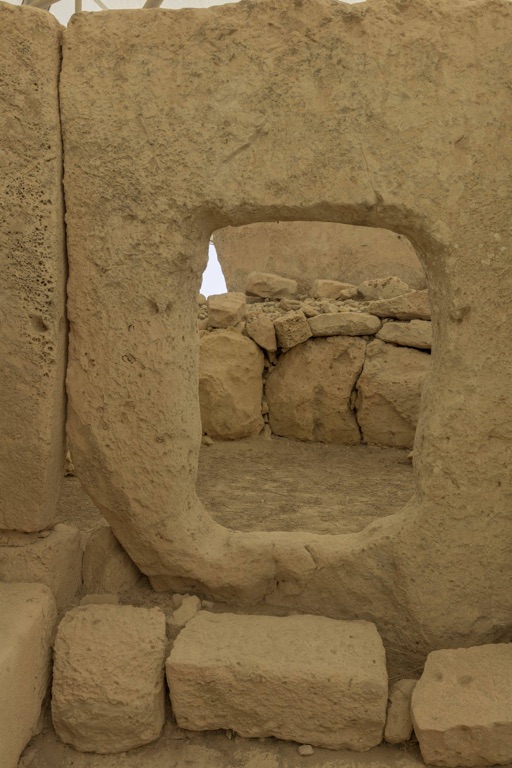
Theories and Interpretations
Ħaġar Qim’s purpose remains a subject of speculation among historians and archaeologists. Some believe it was a site for religious rituals, while others suggest it might have served as an astronomical observatory. The discovery of numerous figurines and statues, including the famous “Venus of Malta,” suggests the site had a significant role in fertility rituals. The precise alignment of the temple’s main entrance with the rising sun during the summer solstice further supports the theory of its astronomical significance. Radiocarbon dating methods have been used to estimate the age of the site, providing a timeline for the civilization that built it.
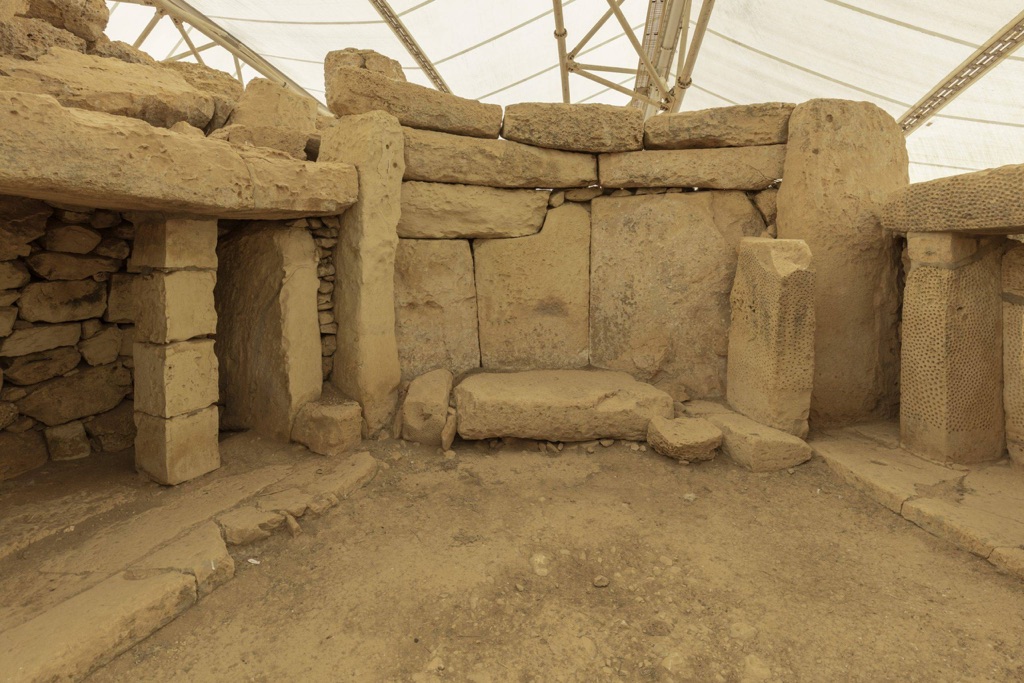
Good to Know/Additional Information
Ħaġar Qim is part of a group of temples on Malta that are collectively listed as a UNESCO World Heritage Site. The site has been covered by a protective tent since 2009 to prevent further weathering of the limestone. Visitors can explore the site through a visitor center that offers detailed information and interactive displays about the temple’s history and architecture. The site also offers stunning views of the Mediterranean Sea, making it a must-visit for anyone interested in history, architecture, or simply appreciating the beauty of Malta’s landscape.
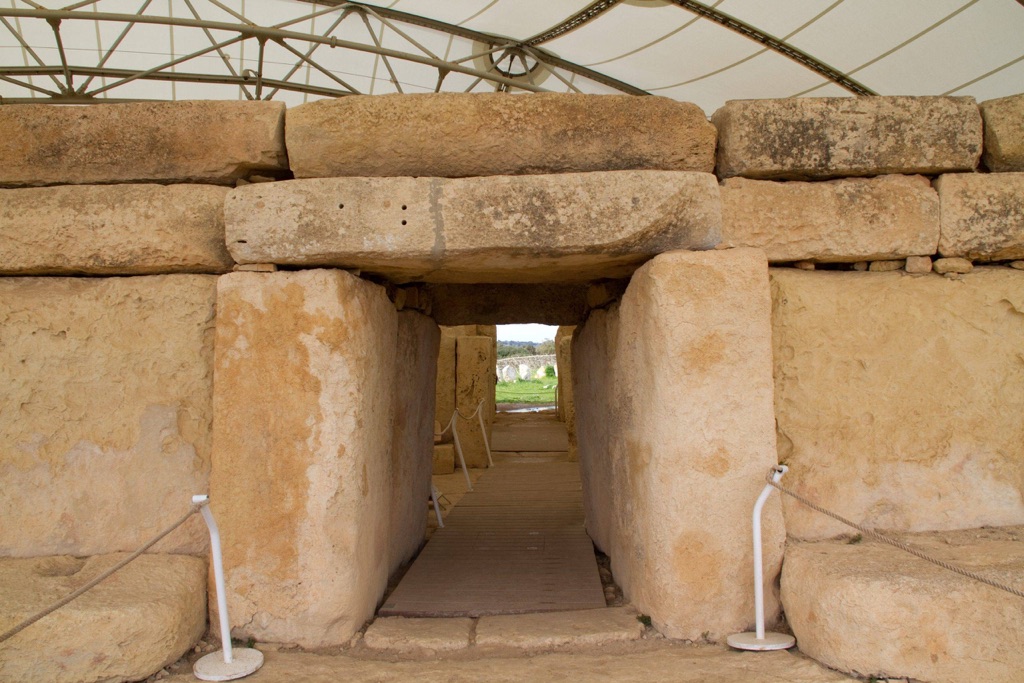

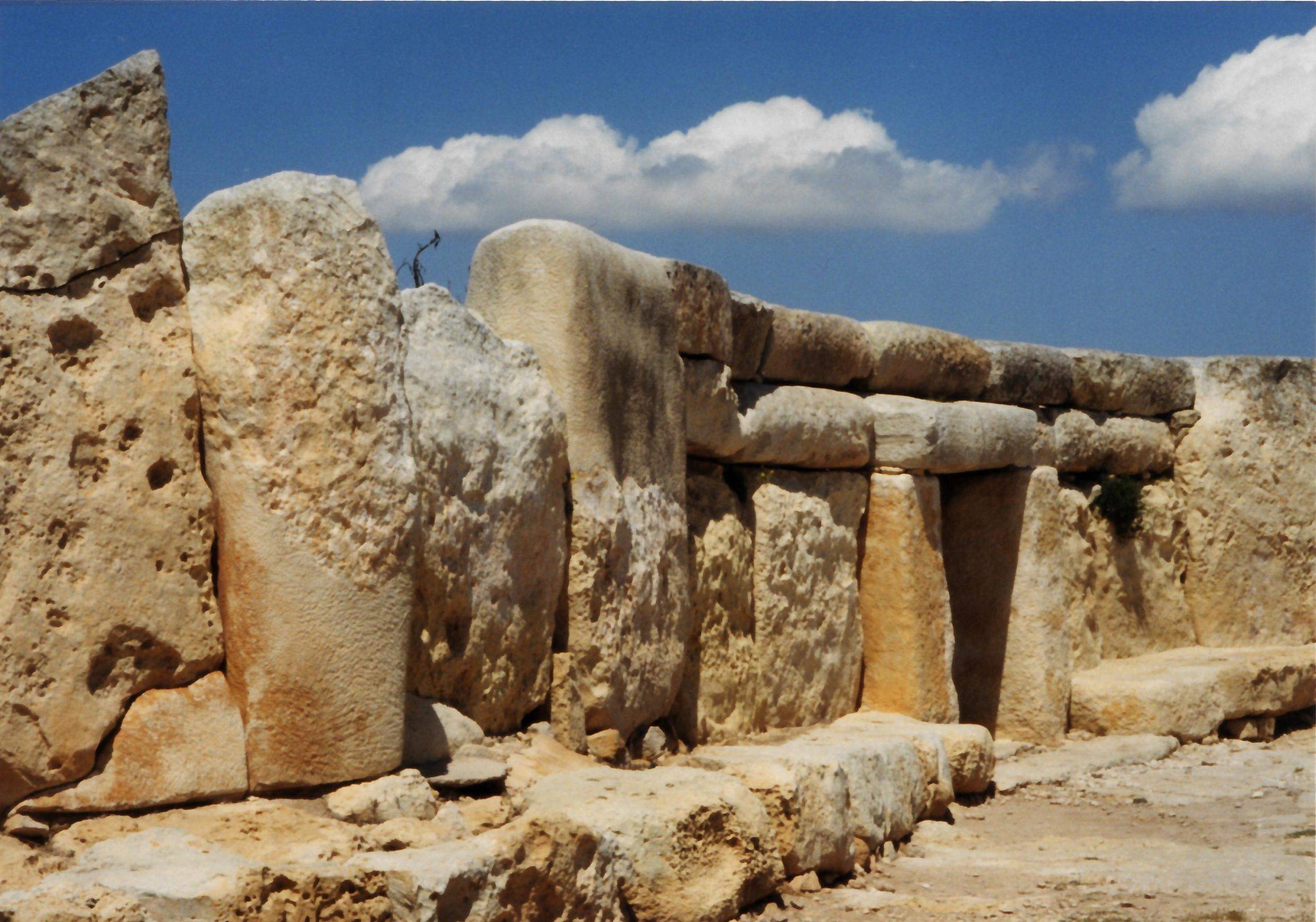
Wow beyond wonderful simple incredible